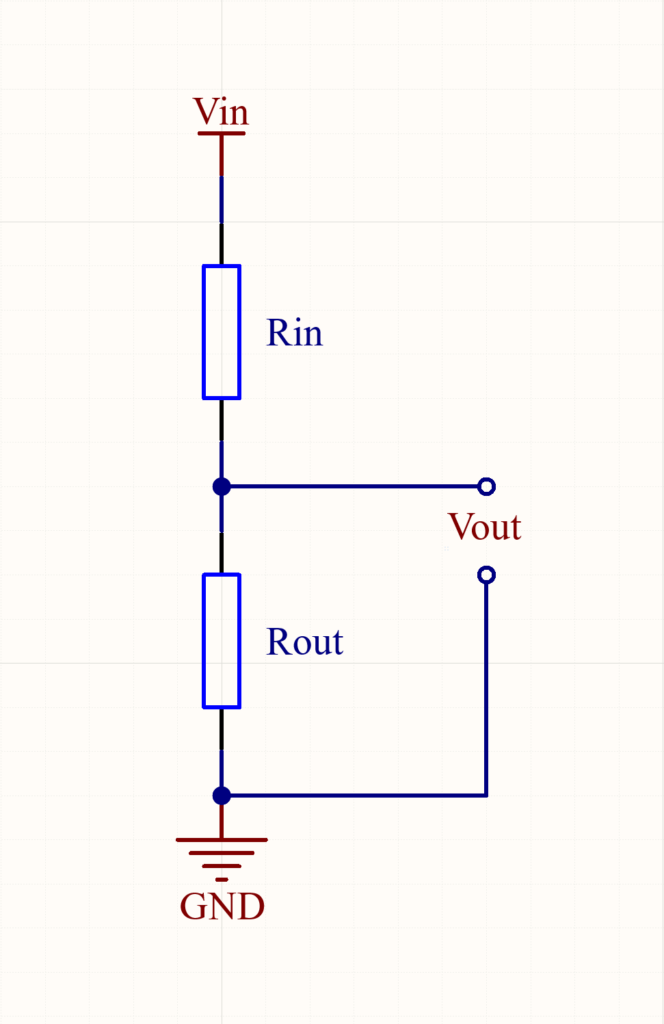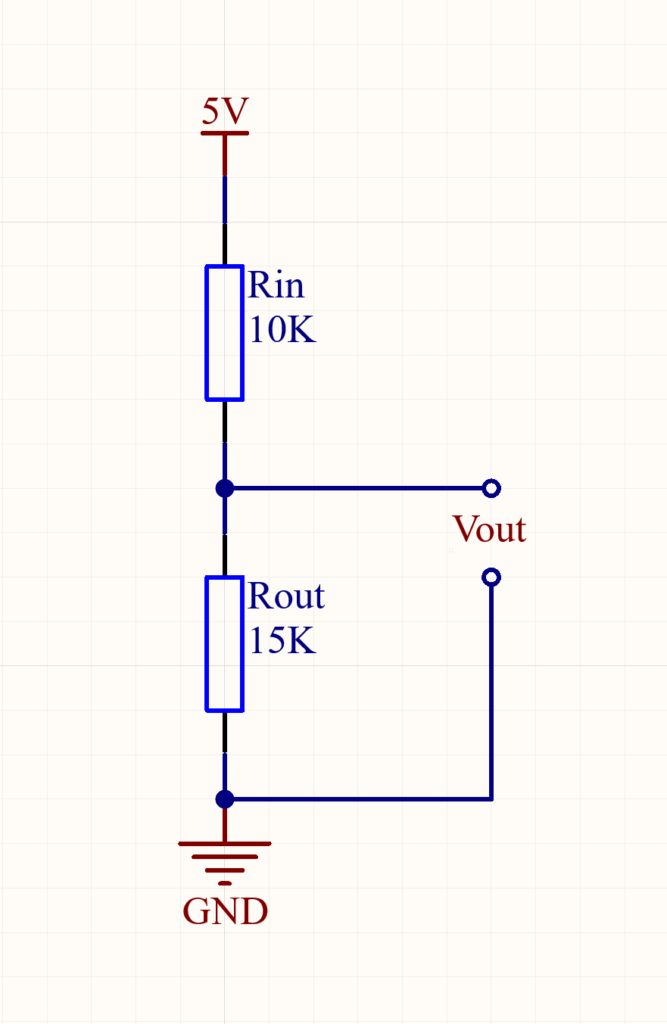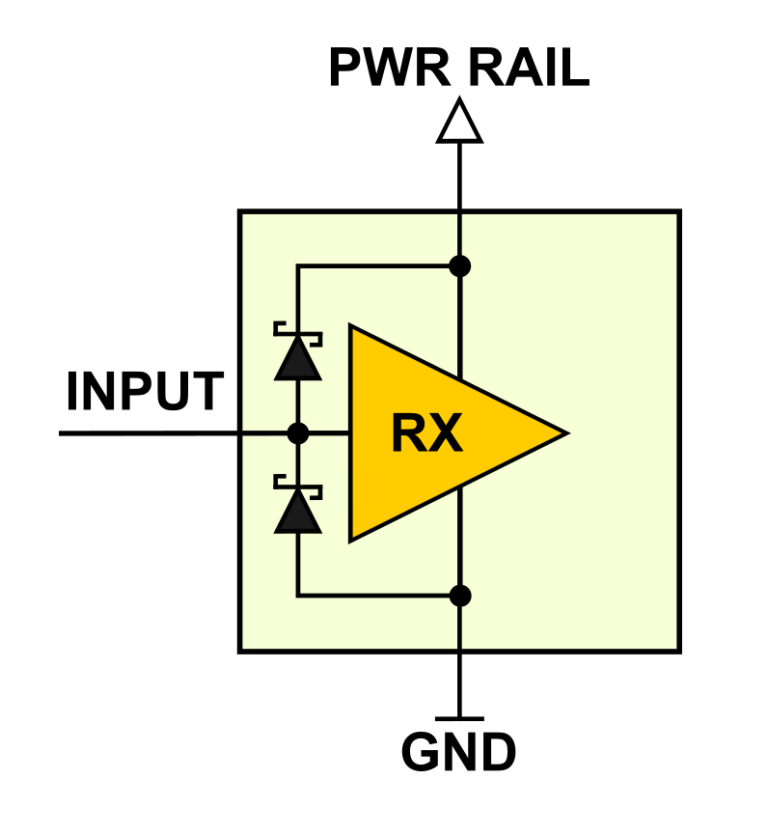A voltage divider is a passive linear circuit that produces an output voltage that is a fraction of its input voltage. The most common voltage divider is two resistors connected in series, with the input voltage applied across them and the output voltage taken from a point between them. We’ll examine the usage of this circuit as well as how it functions.
OPERATION OF THE VOLTAGE DIVIDER
In a typical voltage divider circuit (Figure 1), an input voltage (Vin) is applied across the series resistances Rin and Rout. The output of this circuit is the voltage across Rout, which is the divided voltage that we get from our input voltage, therefore, the name “voltage divider.” The output voltage is always going to be less than the input voltage.

Taking into account that the amount of current is the same through any component in a series circuit and it has nowhere else to go, we can calculate the voltage drop across each resistor using Ohm’s law. In other words, assuming the current in the output wire is zero, the input voltage and output voltage have the following relationships:
$$V_{out}=V_{in}\;\times\;\frac{R_{out}}{R_{in}\;+\;R_{out}}$$
According to this equation the output voltage is directly proportional to the input voltage and the ratio of Rin and Rout.
VOLTAGE DIVIDER CALCULATION EXAMPLE
Assume that the voltage divider is made of 10kΩ and 15kΩ resistors in series and that the input voltage is 10V (Figure 2).

The output voltage can be calculated using the formula above:
$$V_{out}=V_{out}=5V\;\times\;\frac{15k\Omega}{10k\Omega\;+\;15k\Omega}=3V\;$$
SUMMARY
A simple voltage divider is two resistors connected in series. An input voltage is scaled down by a voltage divider to produce an output voltage that is a fraction of the input value. The output voltage of a voltage divider can be calculated using Ohm’s law.


